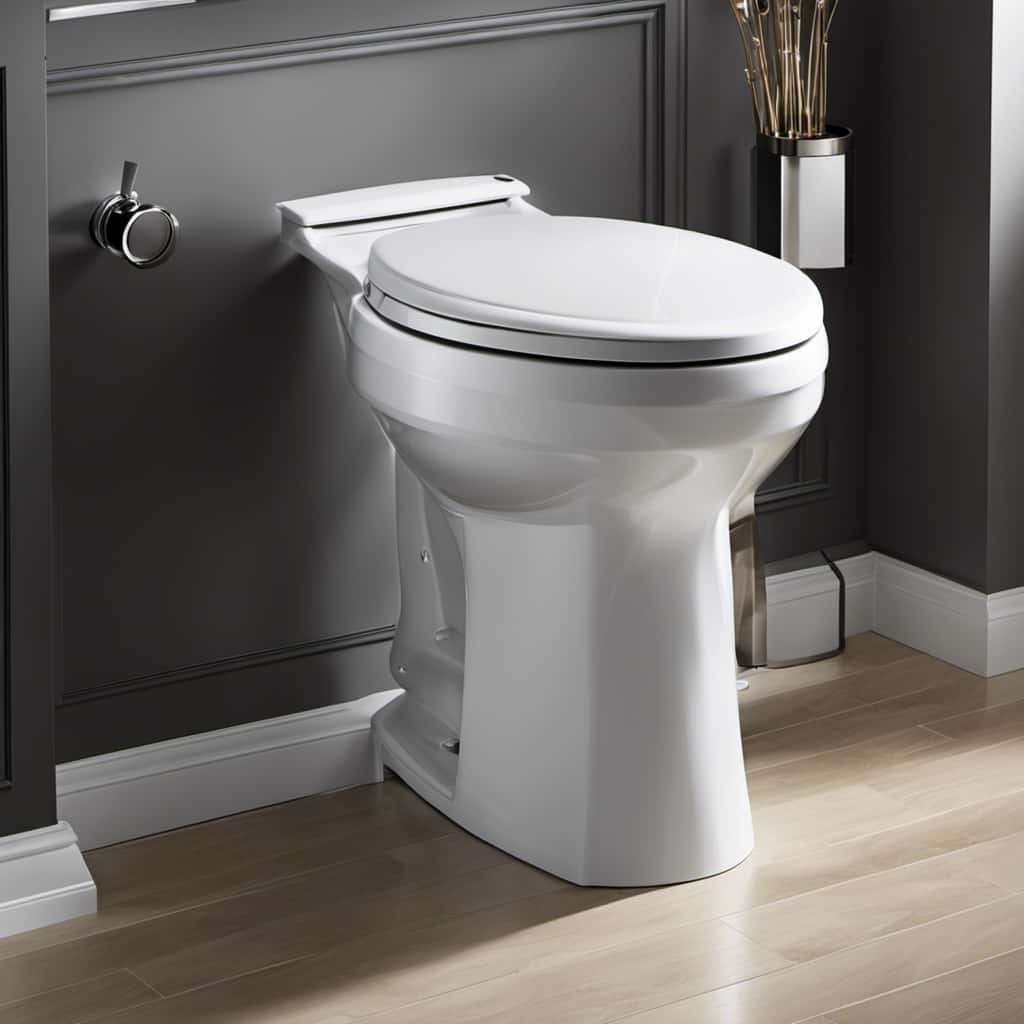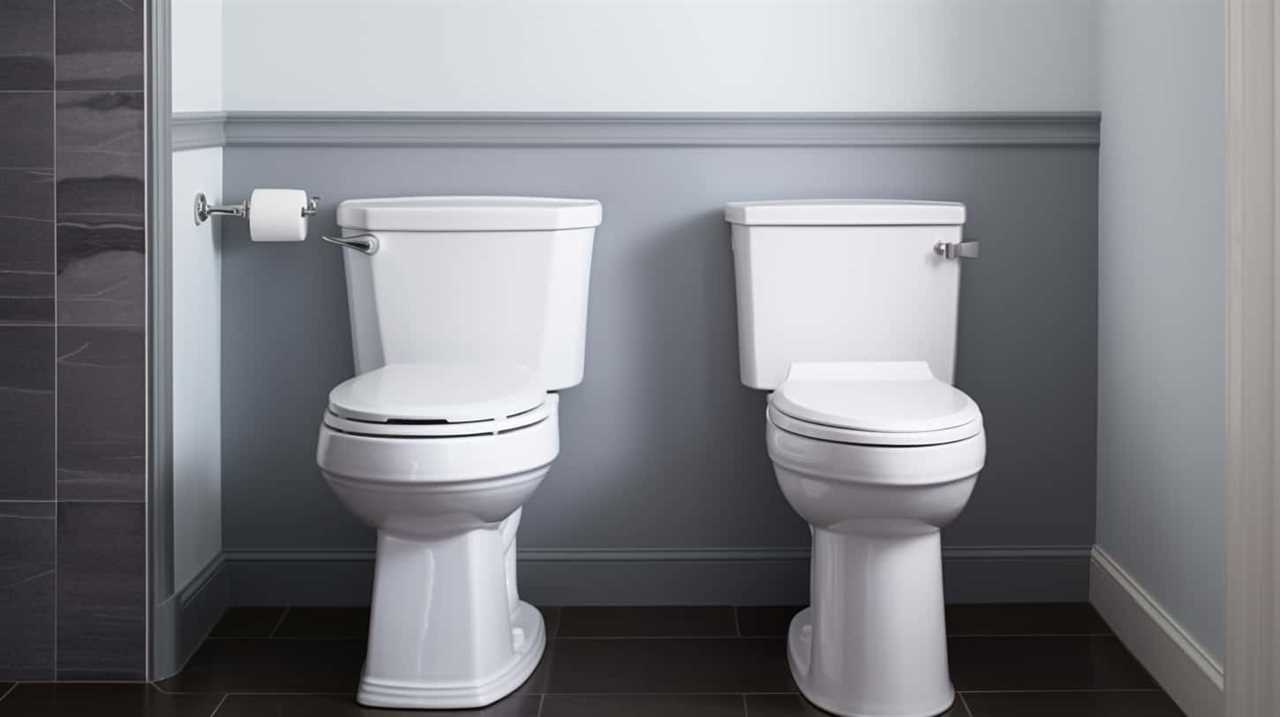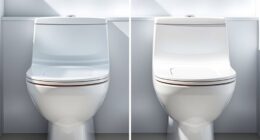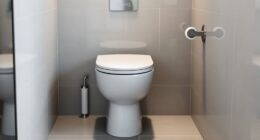Are you frustrated with a toilet that just won’t stop dripping after you flush? We know the feeling. But fear not, because we’re here to help you troubleshoot and solve this annoying problem.
In this article, we’ll delve into the common causes behind a continuously dripping toilet. From a faulty flapper valve to a clogged overflow tube, we’ll guide you through the steps to identify and fix the issue.
Get ready to master the art of toilet maintenance!
Key Takeaways
- The flapper valve may be worn or damaged, causing the toilet to drip after flushing.
- An incorrect water level can also lead to continuous dripping, caused by low water pressure, a partially closed water supply valve, or improper tank installation.
- A worn-out fill valve can cause water leakage after flushing, and it should be replaced.
- A loose or damaged float ball can cause continuous running water into the toilet bowl, and it should be checked and replaced if necessary. Additionally, a clogged or malfunctioning overflow tube can result in continuous dripping, and regular maintenance is important to prevent this issue.
Faulty Flapper Valve
When dealing with a toilet that won’t stop dripping after a flush, one common culprit is a faulty flapper valve. The flapper valve is responsible for sealing the toilet tank and preventing water from continuously flowing into the bowl.
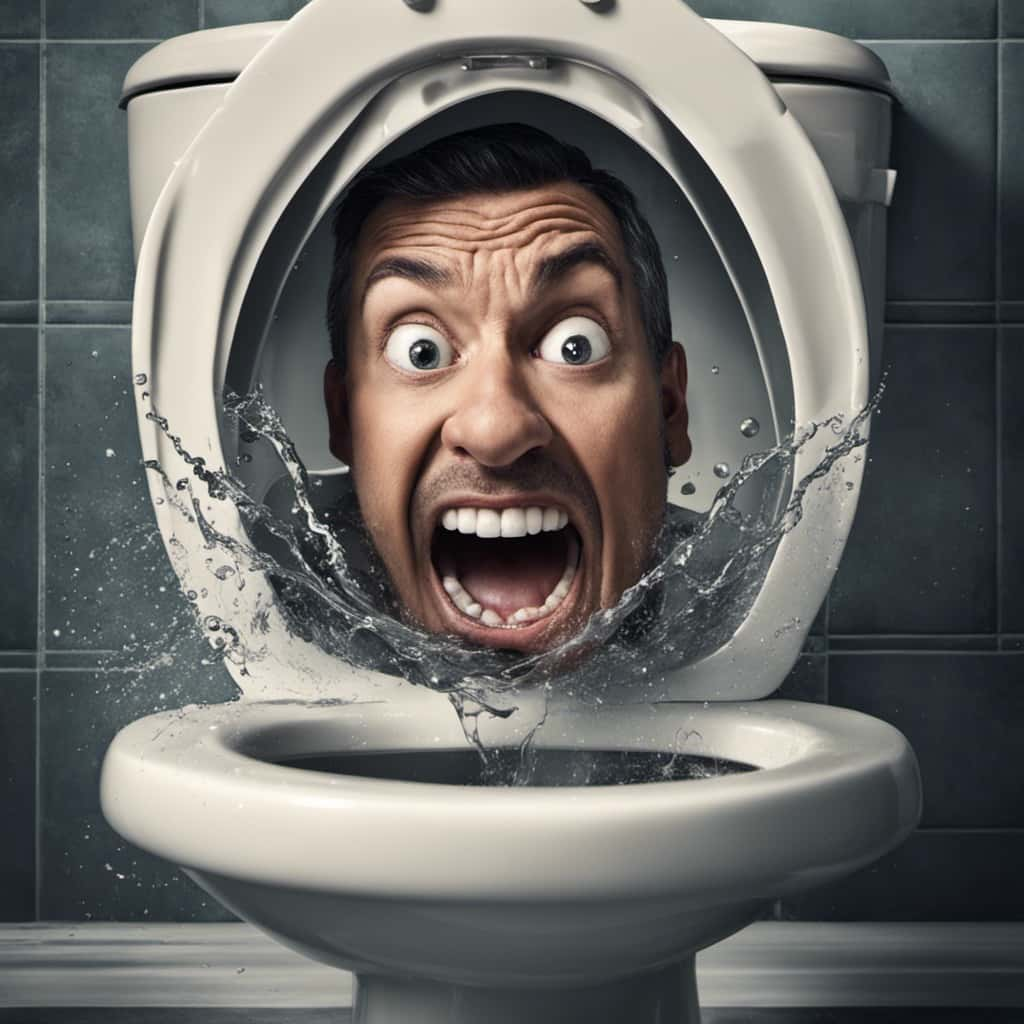
Over time, the flapper valve can become worn or damaged, resulting in leaks. To troubleshoot and fix this issue, start by turning off the water supply to the toilet. Then, remove the toilet tank lid and inspect the flapper valve for any signs of wear or damage.
If necessary, replace the flapper valve with a new one. Ensure that the replacement flapper valve is compatible with your toilet model. Once the new flapper valve is installed, turn on the water supply and test the toilet to ensure the dripping has stopped.
Incorrect Water Level
To continue troubleshooting the issue of a toilet that won’t stop dripping after a flush, another possible cause to consider is an incorrect water level.
An inadequate water supply or an improper toilet tank installation can both lead to an incorrect water level, causing the toilet to continue dripping.
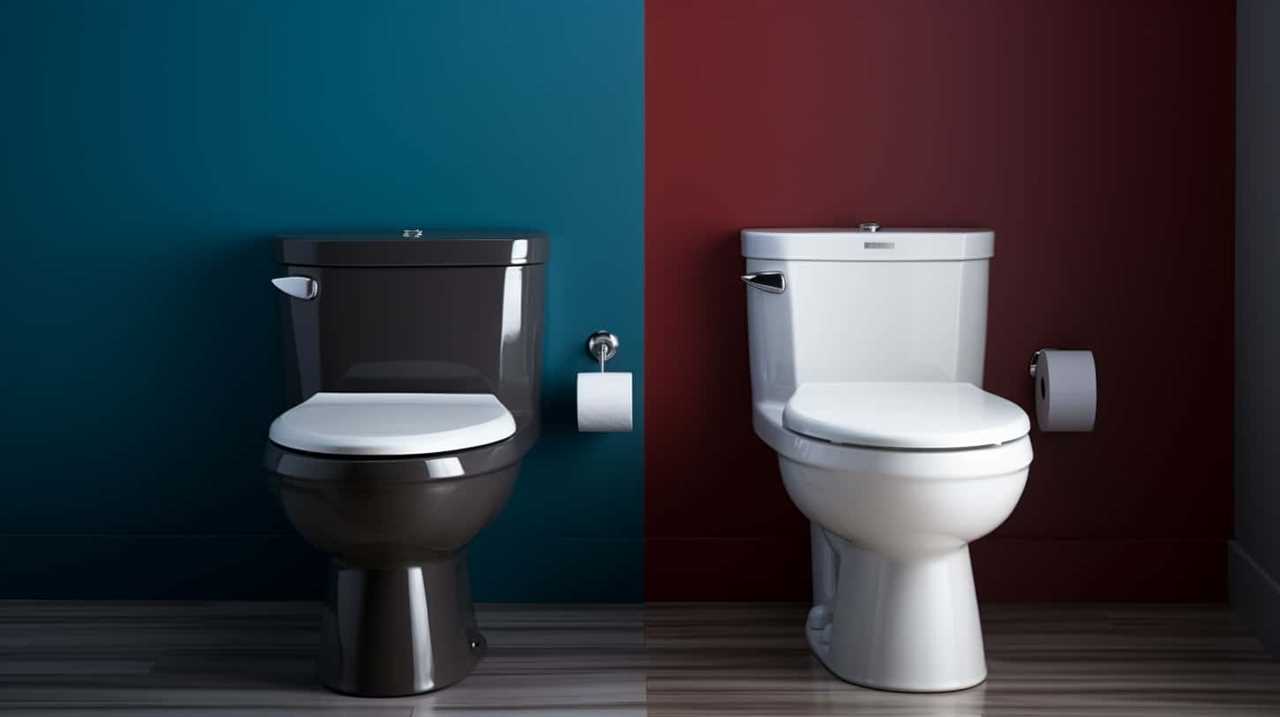
An inadequate water supply can result from a partially closed water supply valve or low water pressure.
On the other hand, an improper toilet tank installation can occur if the water level adjustment mechanism isn’t set correctly or if the tank isn’t securely attached.
To fix this issue, ensure that the water supply valve is fully open and functioning properly. Additionally, check the water level adjustment mechanism and ensure that the tank is securely installed.
If the problem persists, it may be a sign of a worn out fill valve, which we’ll discuss in the next section.
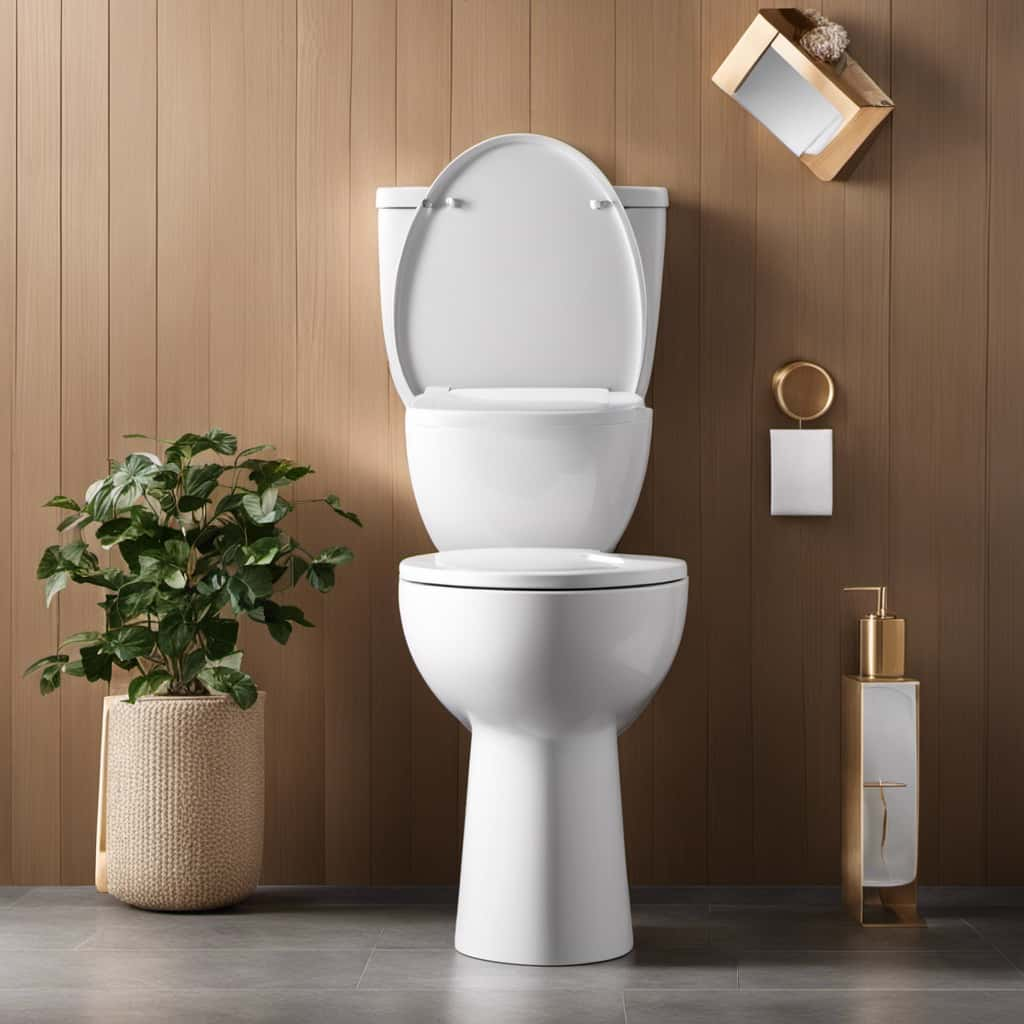
Worn Out Fill Valve
Now that we’ve addressed the issue of an incorrect water level causing a toilet to continue dripping after a flush, let’s explore the next possible cause: a worn-out fill valve.
A worn-out fill valve can lead to water leakage and prevent the toilet from stopping the flow of water after flushing. The fill valve is responsible for refilling the tank after a flush, and over time, it can become worn out due to regular use.
This can result in a faulty seal, causing water to continuously leak into the bowl. To fix this problem, you’ll need to replace the fill valve.
It’s recommended to consult a professional plumber or follow a detailed guide for toilet repair to ensure proper installation and prevent further issues.
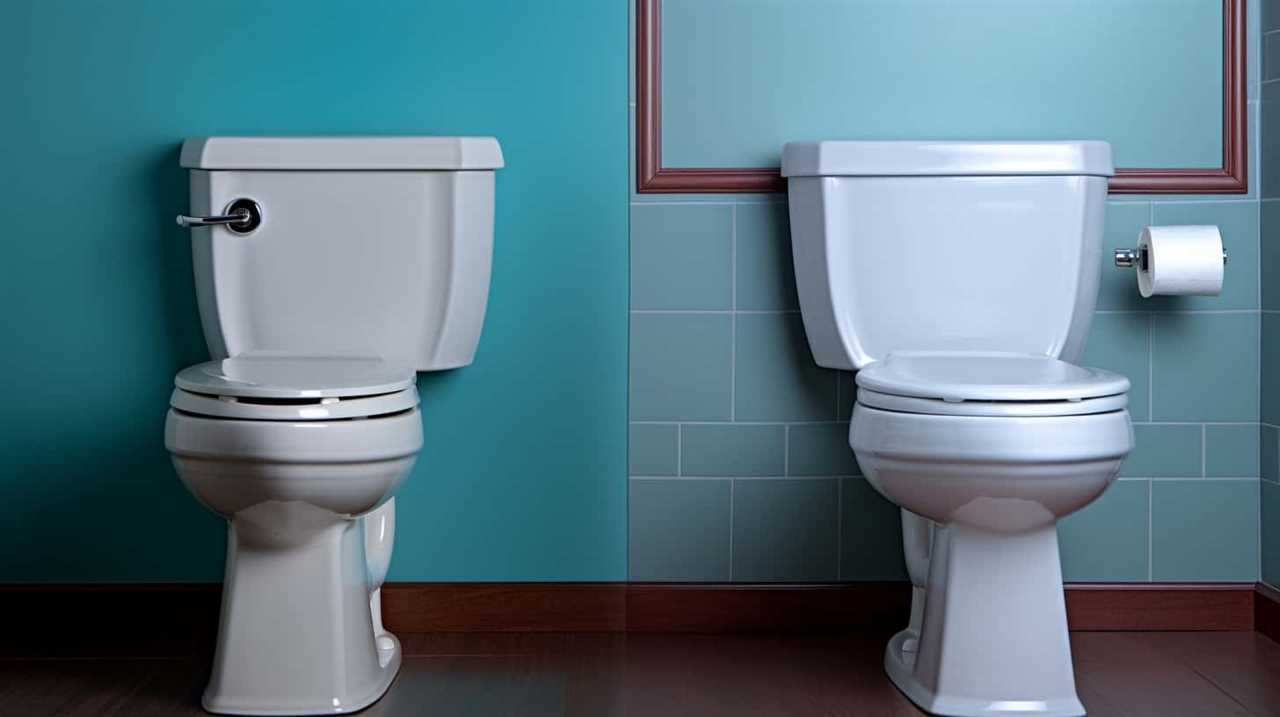
Loose or Damaged Float Ball
The first step in addressing a loose or damaged float ball is to check its condition and ensure it’s securely attached. A loose float ball can cause water to continuously run into the toilet bowl, leading to a constant dripping after a flush. To troubleshoot this issue, start by locating the float ball, which is usually connected to the fill valve or the end of the float arm.
Examine the float ball for any signs of damage, such as cracks or leaks. If the ball is damaged, it will need to be replaced. However, if it’s simply loose, tighten the connections to ensure a secure attachment.
Once the float ball is properly secured, you can move on to the next common toilet issue: a clogged or malfunctioning overflow tube.
Clogged or Malfunctioning Overflow Tube
Continuing our troubleshooting process, we’ll now address the issue of a clogged or malfunctioning overflow tube.
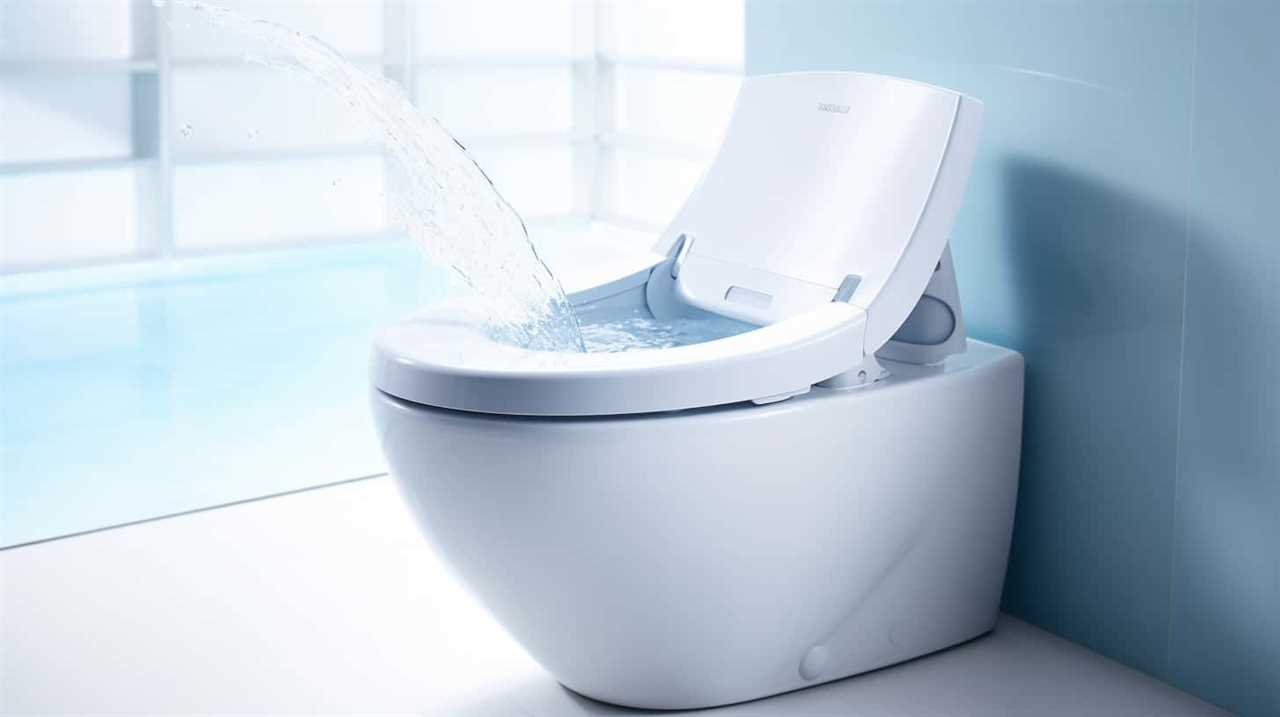
The overflow tube is a vital component in the toilet’s flushing mechanism, as it helps to prevent overflow and maintain the water level in the tank. If the overflow tube becomes clogged or malfunctions, it can lead to a continuous drip after flushing.
To resolve this issue, it’s important to perform regular overflow tube maintenance. Start by inspecting the tube for any blockages or obstructions. If there are any, use a wire brush or a plumbing snake to clear the clog.
Additionally, make sure that the float ball isn’t stuck and is properly adjusted to the recommended water level.
Frequently Asked Questions
How Can I Fix a Leaking Toilet if None of the Mentioned Issues Are the Cause?
To fix a leaking toilet when none of the mentioned issues are the cause, we must conduct a thorough inspection of the internal components. Identifying and replacing faulty parts, such as the flapper or fill valve, should resolve the problem.
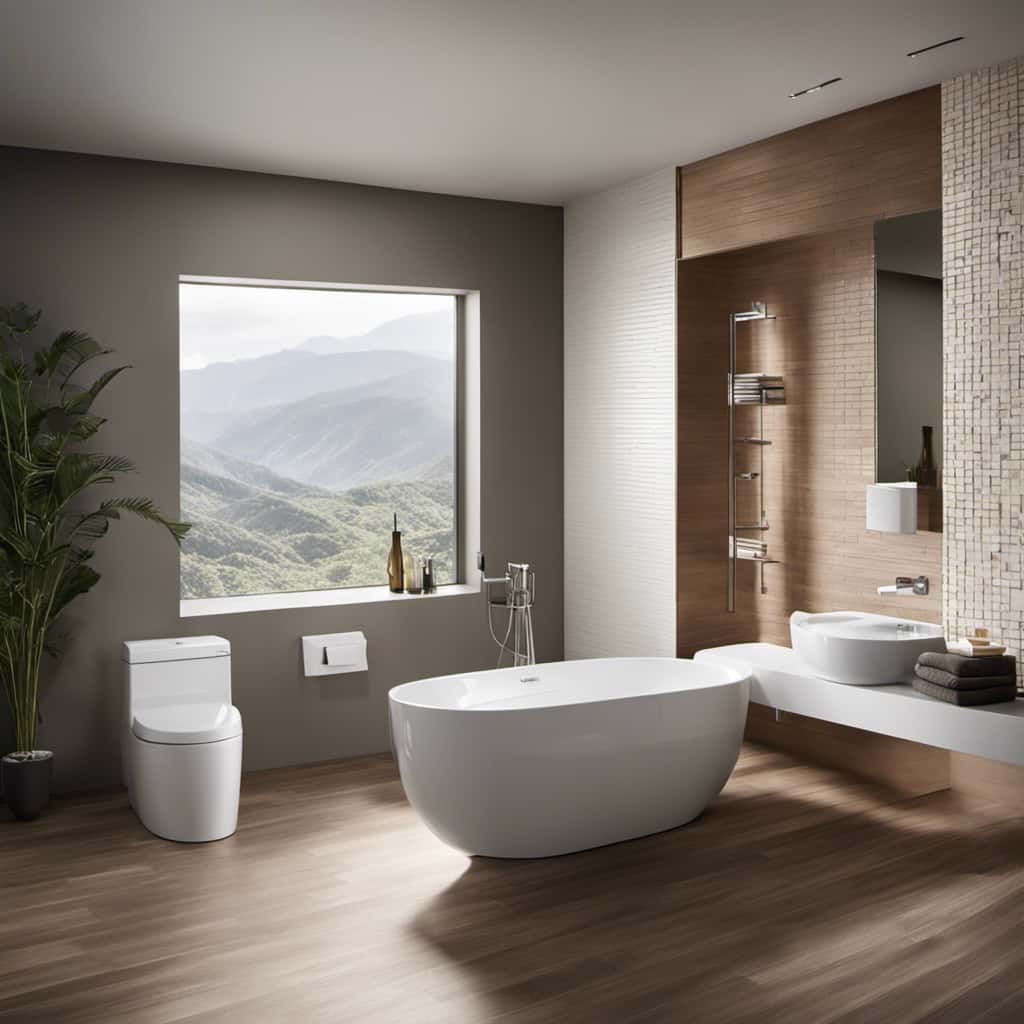
Can a Dripping Toilet Lead to Higher Water Bills?
A dripping toilet can lead to higher water bills and negatively impact water conservation efforts. It is essential to address this issue promptly to prevent wasting water and causing unnecessary harm to the environment.
Are There Any Temporary Solutions to Stop the Dripping Until I Can Fix the Toilet?
There are temporary solutions and quick fixes to stop the dripping until we can fix the toilet. We can try adjusting the float or replacing the flapper valve to resolve the issue temporarily.
What Are the Signs That Indicate a Faulty Flapper Valve in a Toilet?
Common causes of a faulty flapper valve in a toilet include wear and tear, mineral deposits, or misalignment. Troubleshooting steps involve inspecting the flapper for damage, cleaning or replacing it if necessary, and ensuring proper alignment for a tight seal.
Is It Possible for a Dripping Toilet to Cause Damage to the Bathroom Floor?
Yes, a dripping toilet can cause water damage to the bathroom floor if left unrepaired. It is important to address this issue promptly by contacting toilet repair services to prevent further damage and costly repairs.
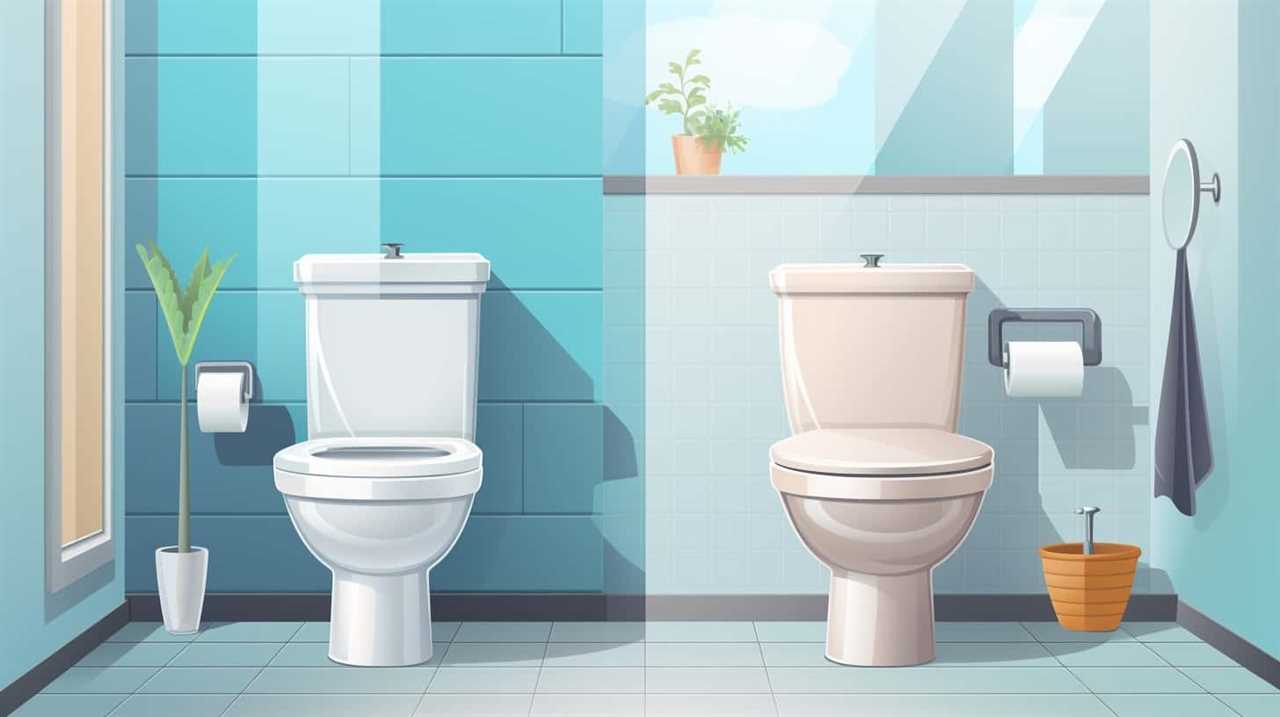
Conclusion
Well, congratulations! If your toilet won’t stop dripping after a flush, you now have a brand new hobby.
Embrace the soothing sound of water droplets hitting the bowl and let it lull you to sleep at night. Who needs silence anyway?
But if you’re not a fan of this symphony, it’s time to roll up your sleeves and get to work.
Check the flapper valve, water level, fill valve, float ball, and overflow tube.
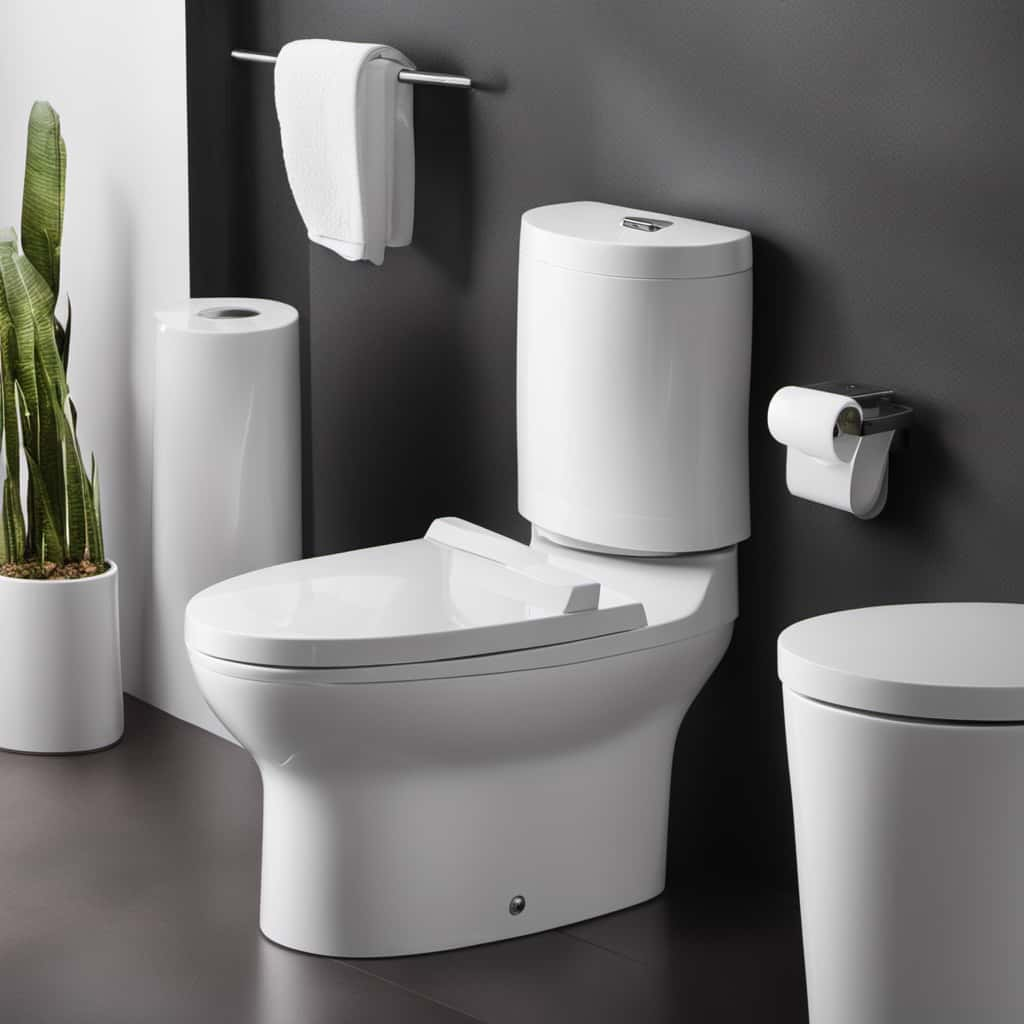
Happy plumbing!
